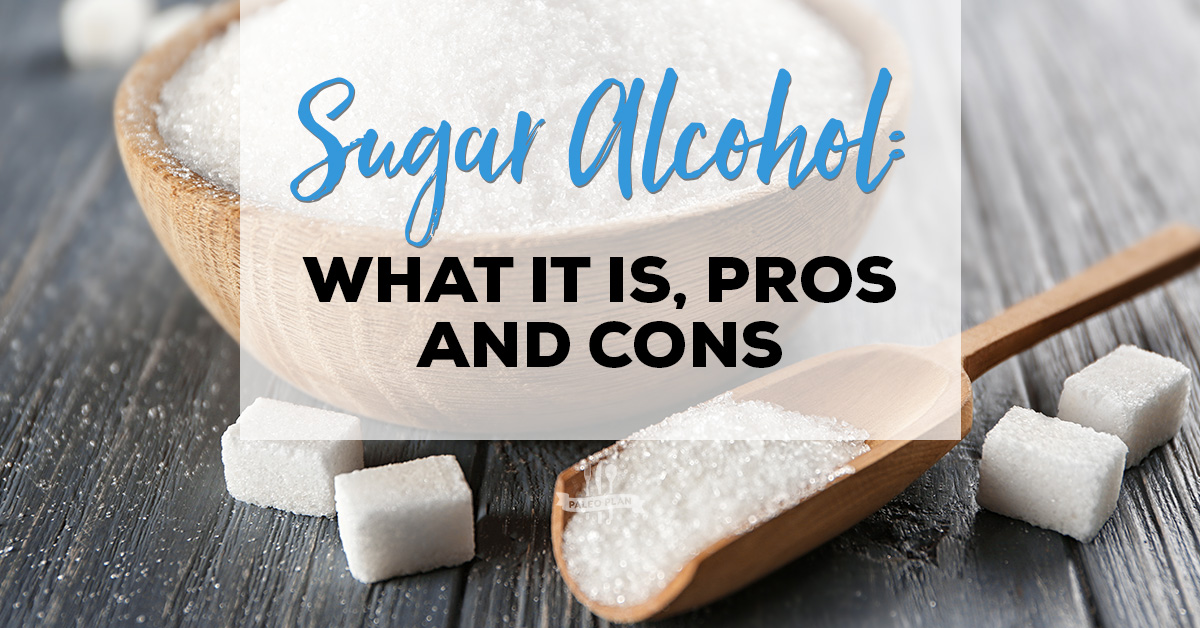
Added sugar alcohols are a popular alternative to regular sugar. However, is this low-calorie sweetener too good to be true?
What Is Sugar Alcohol?
A sugar alcohol, known as a polyol, is a type of carbohydrate that is a mix of a sugar molecule and an alcohol molecule (without the ethanol). Sugar alcohols are found naturally in fruits such as apples, berries and pears. These naturally-occurring sugar alcohols are FODMAPs and you can read more about them in this post. Sugar alcohols are also made by the body, as in the case of xylitol.
The sugar alcohols most commonly found in food include sorbitol, mannitol, erythritol and xylitol. The carbohydrates found in these plant products are altered through a chemical process to produce a sugar substitute that provides fewer calories than table sugar. This is largely due to the fact that they are incompletely absorbed and metabolized by the body. (1)
Nutritional Value of Sugar Alcohol
The calorie count on sugar alcohols can range from zero to three calories per gram, compared to four calories per gram for sucrose or other sugars. (2)
- Table sugar: 4 calories per gram
- Xylitol: 2.4 calories per gram
- Erythritol: 0.24 calories per gram
- Sorbitol: 2.6 calories per gram
- Mannitol: 1.6 calories per gram
The Pros of Sugar Alcohol
Blood Sugar Balance

Since sugar alcohol is not completely absorbed by the small intestines, they require little to no insulin as they are being converted into energy to be used by the body. This allows your blood sugar levels to avoid extreme highs and lows, helping to maintain healthy blood glucose levels. Sugar alcohols were found to be beneficial in diabetics, as they can cause less of a postprandial glucose response than sucrose or glucose. (3)
Calorie Saver
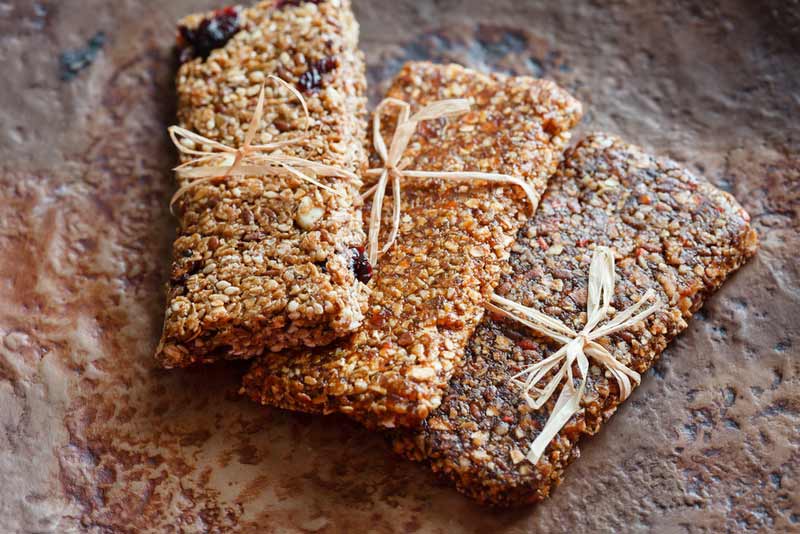
Due to the low-calorie count of these sugar replacements, sugar alcohols are popular in low-calorie and low-sugar foods, such as protein bars. Since they still provide a sweet flavor, many manufacturers use sugar alcohols to keep calories low while keeping the flavor profile high. This can support healthy weight management, especially for those individuals who are looking to track macros, sugars and blood glucose levels. (4)
Healthier Teeth
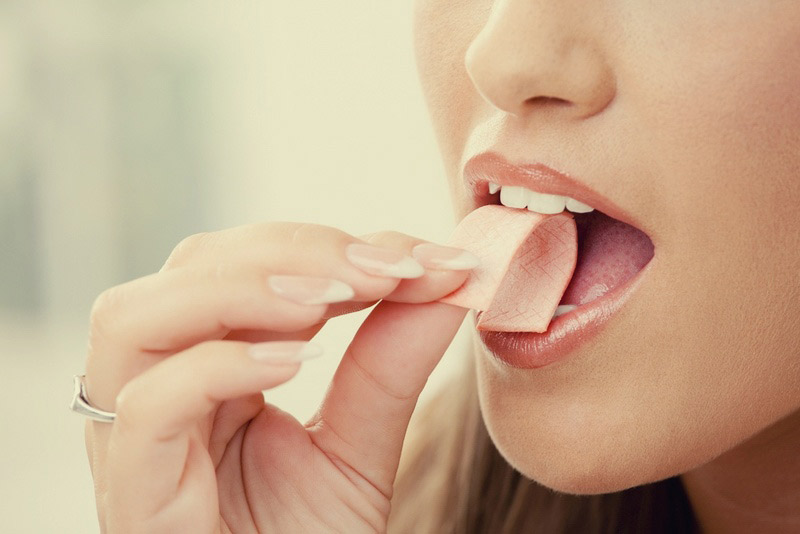
Sugar alcohols are not broken down by the bacteria in the mouth, unlike regular sugar, which has been linked to tooth decay. Sugar alcohols, and xylitol in particular, were found to inhibit oral bacteria and are often used in many natural toothpastes and mouthwashes. Xylitol reduces the levels of mutans streptococci (MS) in plaque and saliva by disrupting their energy production process, leading to cell death. Studies recommend habitual use of xylitol (6-10g/day) to prevent tooth decay. (5)
The Cons
Since some of the sugar alcohols are not absorbed into the blood, they pass through the SI and are fermented by the bacteria in the large intestines. This might cause gas, bloating and abdominal pain for some individuals. Excessive consumption of sugar alcohols could cause diarrhea, so use with caution. The amount tolerated varies with individuals, although most adults can tolerate 40 g/day. (6)
4 Different Kinds of Sugar Alcohols
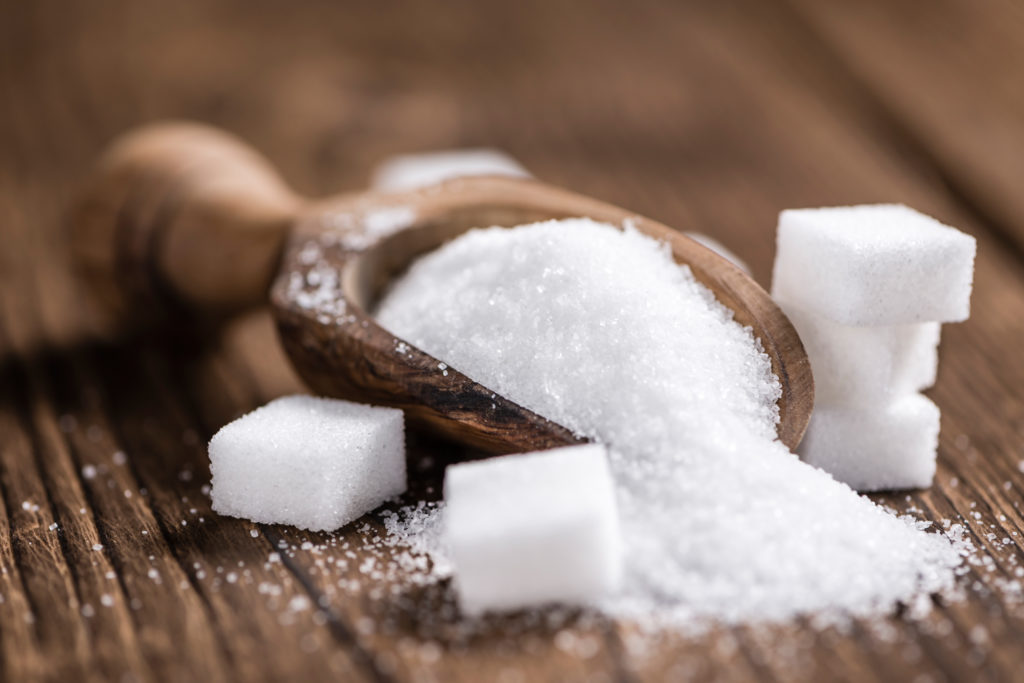
1. Mannitol
Mannitol is made from processing the sugar maltose, and is said to have a taste very similar to regular sugar. It is about 90% as sweet as sugar, with about 50% of the calories. This is very common in “low-carb” products as well as “sugar-free” products. (7)
2. Erythritol
This sugar substitute has 70% of the sweetness of sugar, but only about 5% of the calories, and is processed by fermenting the glucose in corn starch. Erythritol is generally the main ingredient found in the Truvia sweetener brand. Most of the erythritol ingested is absorbed in the bloodstream and excreted in the urine unchanged. Recent research has even found erythritol to possess antioxidant properties, and has been found to protect against hyperglycemia-induced vascular damage. (8, 9)
3. Xylitol
This is one of the most popular and well-researched sugar alcohols. Xylitol is a common ingredient in sugar-free chewing gum, mints and toothpastes. It is still pretty sweet compared to regular sugar, but contains 40% fewer calories. Xylitol is generally well tolerated. (10)
4. Sorbitol
This sugar alcohol is roughly 60% as sweet as sugar, with 60% of the calories, and is popular in sugar-free foods and drinks as well as candies. It may cause some digestive distress, however.
Is Sugar Alcohol Paleo?
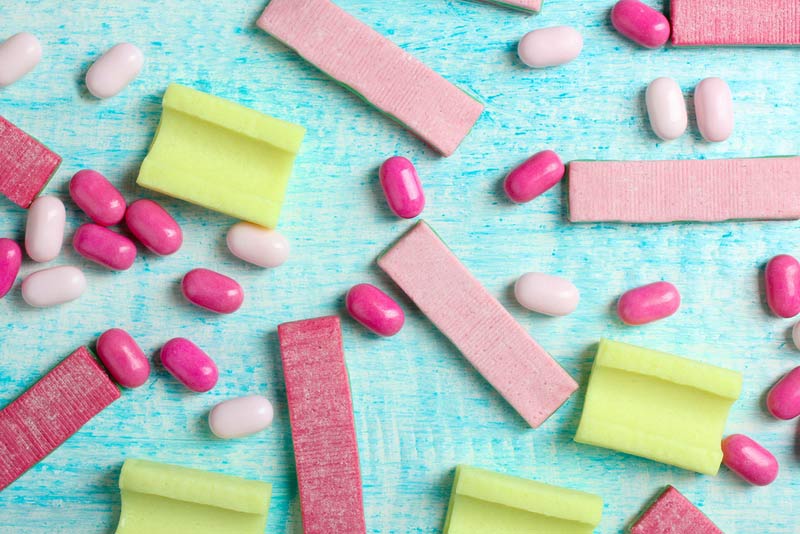
Added sugar alcohols are NOT considered Paleo. However, you might find them in some of your favorite Paleo-friendly snacks. So be sure to check the labels, as they are common in many low-carb and low-sugar treats!
You can find sugar alcohols in everything from chewing gum, throat lozenges, and cough syrups to mouthwash, “sugar-free and low-sugar” treats, and even some “health foods,” such as protein bars and powders. These sugar substitutes have grown in popularity over the years as they contain fewer calories and have been found to minimally affect insulin levels.
Sugar alcohols are sweet, like regular sugars. However, they are often problematic for the digestive tract, as they can be difficult to break down. Sugar alcohols are resistant to fermentation by the bacteria in our mouths, although our colonic bacteria can ferment these sugars. Sugar alcohols travel to the large intestines to be metabolized by gut bacteria.
Excessive amounts of sugar alcohols (particularly sorbitol and maltitol) can lead to bloating, gas and abdominal pain, and they would be best to avoid if you are already experiencing digestive difficulties.

